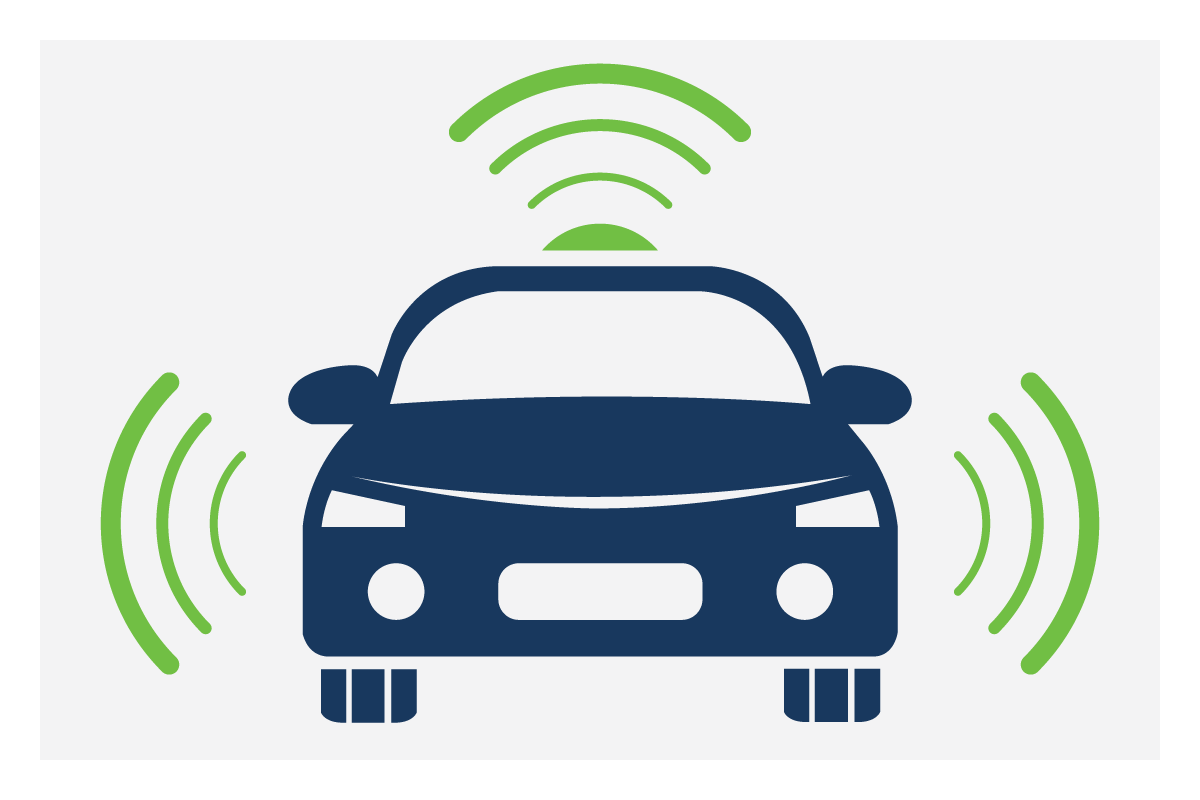
Learn about CAV in Minnesota Explore Minnesota's CAV program

Get involved with our CAV future Explore Minnesota's CAV partnerships
Connected and automated vehicles (CAV) have the potential to provide many benefits to Minnesota residents, businesses and visitors, including:
The extent to which these benefits will be realized is yet to be determined. Minnesota is planning and preparing for CAV with a focus on maximizing these potential benefits and making sure CAV works for everyone.